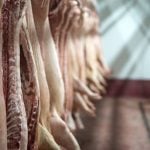Canadian farmers intend to plant more wheat and less canola in 2025, according to the first survey-based estimates for the upcoming growing season from Statistics Canada released March 12. Area seeded to corn, oats and peas is also expected to rise, while soybeans, barley and lentils are forecast to lose acres.












